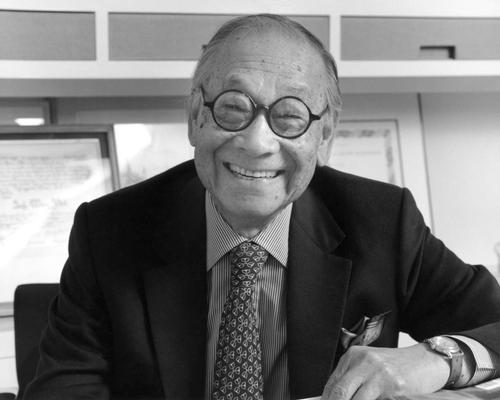17 May 2019
I.M. Pei, Louvre Pyramid architect, dead at 102
BY Andrew Manns

Ieoh Ming Pei, the architect who conceived the Louvre Pyramid, has died.
Born in Guangzhou, China in 1917, Pei emigrated to the US in 1940, establishing his own practice, I.M. Pei and Associates in 1955.
The firm soon went on to design a number of celebrated projects, the most famous of which was arguably the now iconic Louvre Pyramid, which was commissioned by French president François Mitterrand in 1989.
At the time, the glass and steel building was lambasted in the press, but it eventually became one of the most recognisable and highly regarded attractions in Paris.
In 2017, Pei won the American Institute of Architects (AIA) Twenty-Five Year Award for his work on the structure, with one juror describing it as "a benchmark for new, modern architecture that enriches a historic setting with integrity and respect for both history and progress".
In his Pritzker Prize acceptance speech in 1983, Pei defended his taste for modernism, calling it "a living force that animates and informs the present".
"How else," he asked the audience, "can we hope to build a coherent physical environment for our cities, towns, and neighborhoods?"
Pei's other famous buildings include the Kennedy Library (Boston), the Museum of Islamic Art (Doha), The Rock and Roll Hall of Fame (Cleveland), and the Bank of China Tower (Hong Kong).
Close Window